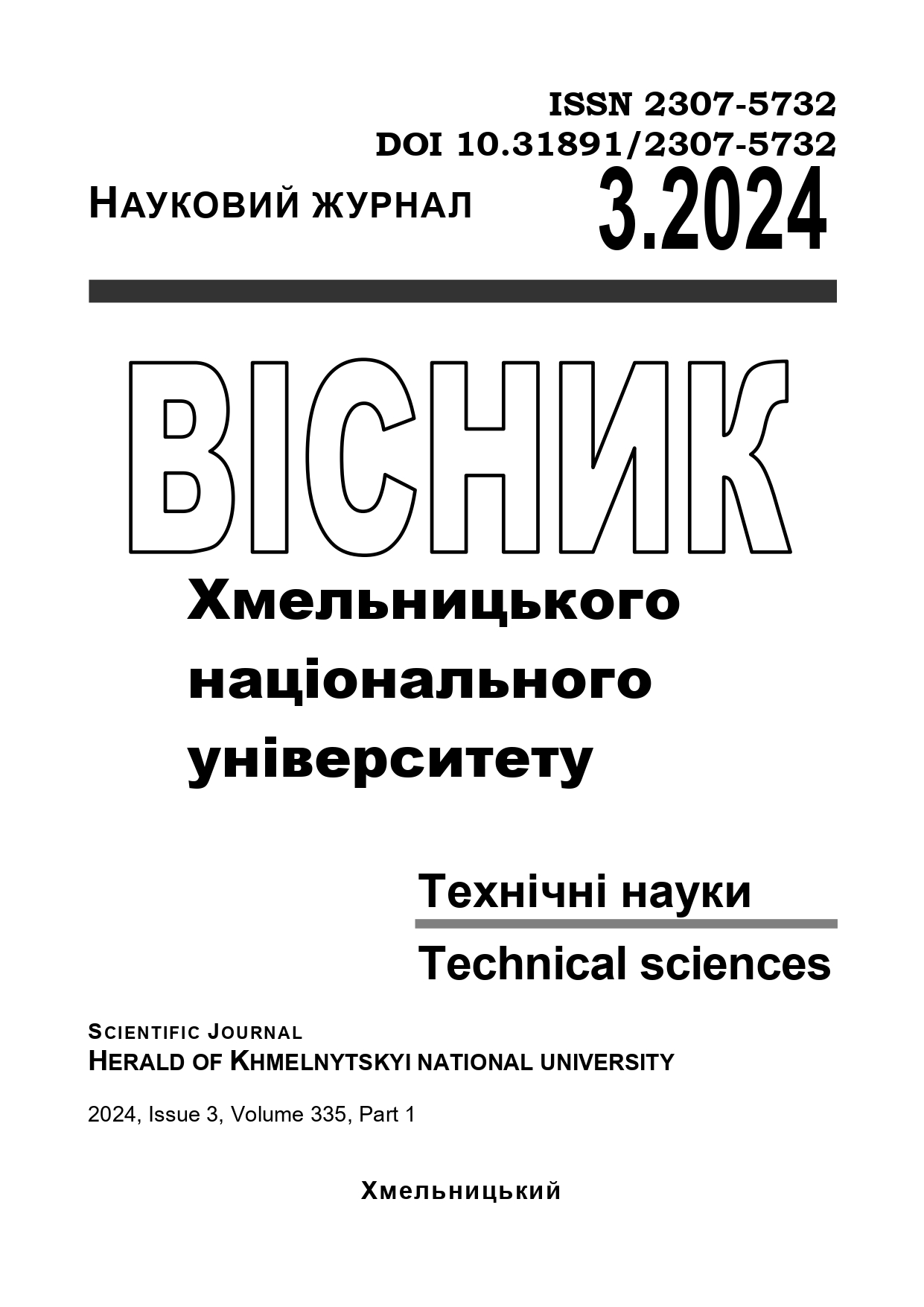AERODYNAMIC PROPERTIES OF QUINOA GRAIN
DOI:
https://doi.org/10.31891/2307-5732-2024-335-3-30Keywords:
quinoa grain, air flow velocity, windability, grain layer resistance, aerodynamic propertiesAbstract
Quinoa is an unconventional agricultural crop for Ukraine, but it is very popular. Due to its unique chemical composition, quinoa is used in dietary and functional products.
Quinoa contains about 20% protein, making it an excellent dietary supplement for people who do not consume animal products. The amino acid composition of quinoa proteins is very balanced and characterized by a high content of essential amino acids. A feature of the fatty acid composition of quinoa grains is its high content of polyunsaturated fatty acids, including linoleic fatty acid and linoleic acid, which belongs to ω-3 and ω-6 fatty acids.
In connection with the growing popularity of quinoa and its suitability for cultivation in our natural climate and soil conditions, the development of technology for its storage and processing is urgent. One of the main stages of justifying the choice of quinoa grain storage and processing technology is the determination of its aerodynamic properties.
Aerodynamic properties of grain are characterized by such indicators as buoyancy, floating speed and aerodynamic resistance of the grain layer, which must be taken into account when designing installations for ventilation of grain mass as well as grain dryers. We determined the indicated indicators and established their dependence on grain moisture, layer height and air flow speed.
The conducted research allows to model with sufficient accuracy the aerodynamic characteristics of amaranth grain depending on its humidity and can be used to optimize the processes of cleaning, drying and active ventilation, selection of effective mode parameters of the corresponding equipment.

